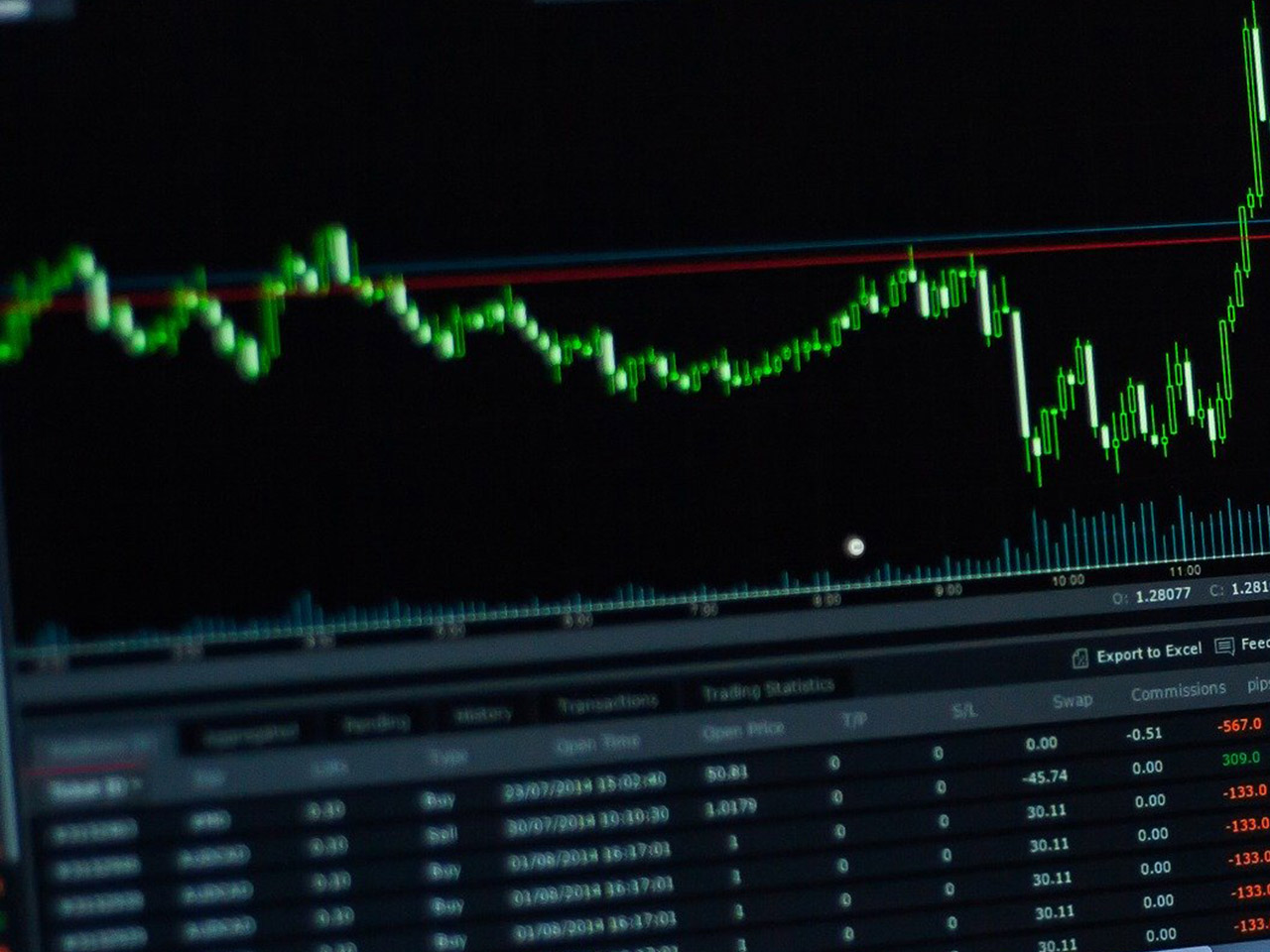J Sainsbury plc (LSE: SBRY.L), one of the UK’s prominent grocery chains, continues to weave its narrative in the competitive Consumer Defensive sector. As the second-largest supermarket chain in the UK, Sainsbury’s has a storied history dating back to 1869. With a market capitalisation standing at $6.52 billion, the company has entrenched itself as a staple in the grocery and retail landscape of the United Kingdom.
Currently trading at 287 GBp, Sainsbury’s stock price remains stable, showing a negligible price change of -0.40 (0.00%). The stock has navigated a 52-week range from 228.80 to 299.80, reflecting its resilience amidst market fluctuations. For investors, the current price aligns closely with analyst ratings, which suggest an average target price of 298.83 GBp, indicating a potential upside of 4.12%.
Sainsbury’s valuation metrics present an intriguing picture. The absence of a trailing P/E ratio and the unusually high forward P/E of 1,142.93 could suggest expectations of future earnings growth or potential adjustments in earnings forecasts. The company’s revenue growth remains modest at 1.20%, a reflection perhaps of the challenging market environment and competitive pressures.
One of the financial highlights is Sainsbury’s robust free cash flow, reported at £653.6 million, which provides a buffer and flexibility for strategic investments or dividend payouts. The company’s dividend yield of 4.74% is attractive for income-focused investors, although the payout ratio of 74.01% suggests a significant portion of earnings is returned to shareholders, a factor to consider when evaluating long-term dividend sustainability.
Performance metrics indicate a reasonable return on equity at 6.21%, demonstrating effective utilisation of shareholder capital, albeit with room for improvement when compared to industry benchmarks. The reported earnings per share (EPS) of 0.18 highlights the company’s profitability on a per-share basis even as it navigates through a challenging retail environment.
Technical indicators offer additional insights into the stock’s potential trajectory. The 50-day moving average of 277.22 and the 200-day moving average of 266.15 indicate a positive trend, reinforced by an RSI (14) of 63.16, which is approaching overbought territory, potentially signalling strong investor interest. The MACD of 3.02 against a signal line of 3.50 also suggests recent momentum in the stock’s price movement.
Analyst sentiment towards Sainsbury’s is mixed, with 6 buy ratings, 4 hold ratings, and 2 sell ratings. This diversity in outlook reflects the broader market dynamics and the company’s strategic initiatives, including its diversified brand portfolio with Argos, Habitat, and Sainsbury’s Bank, among others.
As Sainsbury’s continues to navigate the evolving grocery and retail sector, investors should consider the company’s strategic initiatives, market position, and the broader economic context. Sainsbury’s ability to leverage its established brands and adapt to market changes will be crucial in determining its future growth trajectory. For those considering an investment, a keen eye on upcoming financial results and market trends will be essential to making informed decisions.




































